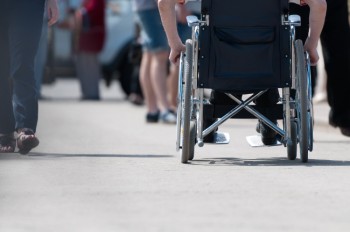For the sake of comparison and classification, spinal cord injuries fit into two main categories: complete and incomplete. But because no two cases are exactly the same, these categories don’t tell the full story of suffering and difficulty experienced by the injured person. Unfortunately, the false impressions created by the term ‘incomplete’ often lead to even more challenges for them and their family.
Complete spinal cord injury indicates an absence of functioning and sensation below the point of trauma; while following an incomplete injury the person will experience some sensation or functioning below that point.
But even though incomplete injuries allow for more physical functioning and independence, they also commonly come with a host of secondary effects that make life extremely difficult. Chronic pain around the point of injury can remain for the rest of a person’s life, complicating a return to the workforce and creating the impression among insurance companies of malingering.
According to the Mayo Clinic Guide to Living with a Spinal Cord Injury (Demos Medical Publishing, 2009), other common problems include Brown-Séquard syndrome, which leads to loss of function on one side of the body and a loss of pain and temperature on the other and Conus medullaris syndrome, a condition that leads to bladder and sexual functioning problems after damage to the lower back.
The only way to ensure an accurate picture of injury is to undergo a thorough examination by the right medical specialists. A personal injury lawyer with significant medical-legal experience and close working relationships with these specialists can then use that information and help procure fair compensation or long-term disability benefits.
Horowitz Injury Law has extensive experience in matters of complete and incomplete spinal cord injuries. Visit www.horowitzinjurylaw.com to learn more or to schedule a free consultation.




